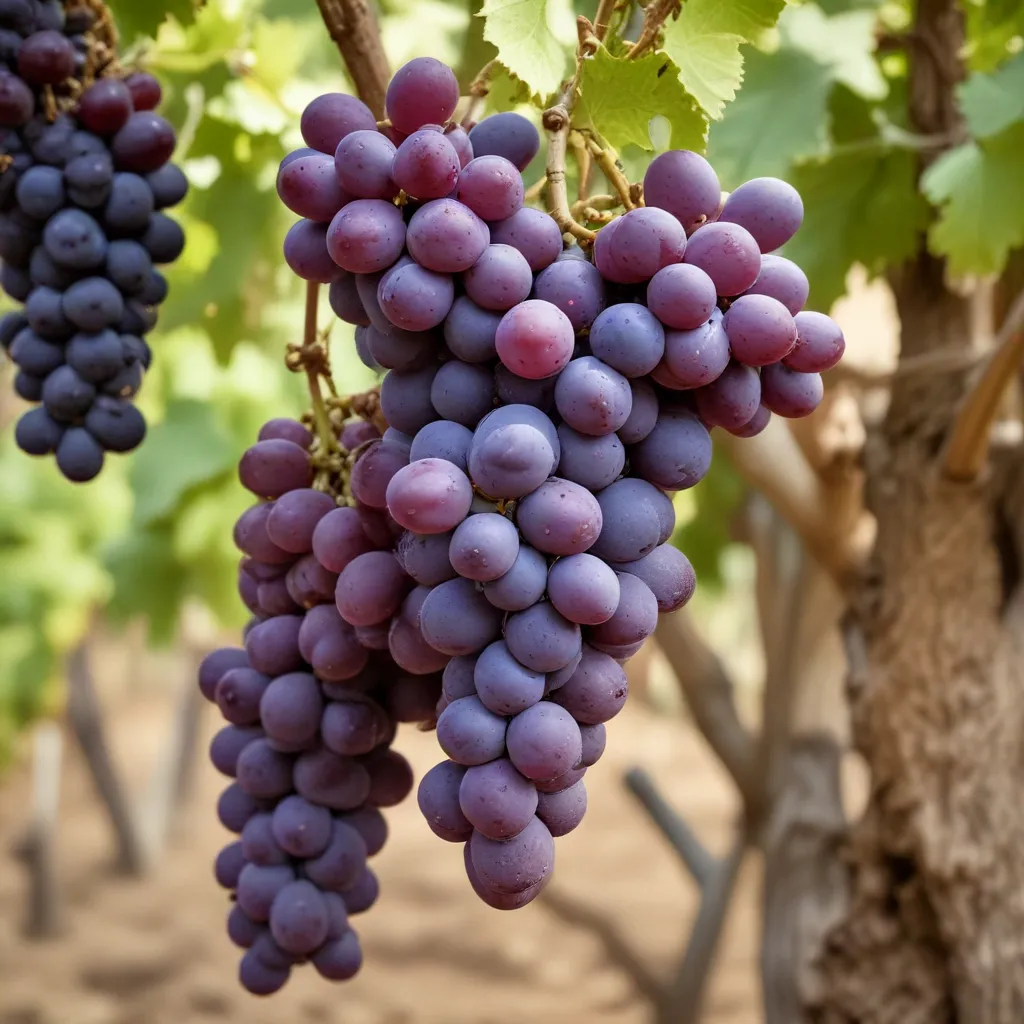
Wine enthusiasts often marvel at the distinct characteristics that set one vintage apart from another. While factors like weather and terroir play a crucial role, the grape yield – the amount of fruit harvested per vine – is a key determinant in the ultimate flavor, aroma, and structure of the wine. Understanding the relationship between yield and wine quality is essential for appreciating the nuances that make each vintage unique.
Grape Yield Factors
The grape yield is influenced by a complex interplay of climatic conditions, soil composition, and viticultural practices. Vintners carefully monitor and manage these elements to strike the right balance between quality and quantity.
Climatic Conditions: Weather patterns throughout the growing season have a profound impact on grape yields. Factors like solar radiation, temperatures, precipitation, and humidity can accelerate or delay véraison (the onset of ripening), affecting the rate of sugar accumulation and phenolic development. Dramatic shifts in climate, such as late-season rains or heat waves, can significantly alter the final yield.
Soil Composition: The physical and chemical properties of the vineyard soil play a vital role in determining grape yields. Soils with optimal nutrient balance, water-holding capacity, and drainage characteristics are better able to support robust vine growth and fruit production. Variations in soil type, even within a single appellation, can lead to yield disparities across a vineyard.
Viticultural Practices: Hands-on management of the vineyard, such as canopy management, irrigation regimes, and yield control techniques, allow vintners to fine-tune the grape yield. Practices like cluster thinning or green harvesting can intentionally restrict yields, concentrating the vine’s resources into fewer clusters for enhanced quality.
Yield Impacts on Wine Flavor
The grape yield has a direct influence on the flavor profile and concentration of the resulting wine. Generally, lower yields tend to produce wines with more intense aromatics, deeper color, and a more structured mouthfeel.
Concentration of Phenolic Compounds: Phenolic compounds, such as tannins and anthocyanins, are responsible for a wine’s color, astringency, and aging potential. Lower yields allow these compounds to accumulate to higher levels in the grape skins and seeds, resulting in more full-bodied, age-worthy wines.
Intensity of Aroma Profiles: The production of volatile aromatic compounds, which contribute to a wine’s complex bouquet, is often enhanced by lower yields. With fewer grapes demanding the vine’s resources, a higher proportion of these flavor-defining molecules are able to develop.
Perception of Sweetness and Acidity: Grape yields can also influence the perception of sweetness and acidity in the finished wine. Lower yields typically produce grapes with higher sugar concentrations and titratable acidity, leading to a more balanced, structured wine.
Vintage Variations in Grape Yield
The grape yield can fluctuate significantly from one vintage to the next, often due to annual weather patterns and the vine’s inherent biennial bearing tendencies.
Vintage-to-Vintage Fluctuations: Dramatic shifts in climatic conditions, such as a cool, wet growing season followed by a warm, dry one, can cause pronounced differences in grape yields. Factors like disease pressure, frost damage, and uneven fruit set can also contribute to yield variations between vintages.
Biennial Bearing Tendencies: Some grape varieties exhibit a tendency to produce a heavy crop one year, followed by a lighter crop the next. This biennial bearing pattern is thought to be an evolutionary adaptation, where the vine allocates its resources to ensure consistent long-term productivity.
Winemakers must adapt their techniques to accommodate these vintage variations in grape yield. Strategies may include blending across vintages to achieve a consistent style or employing specialized yield management methods to balance flavor and quality.
Grape Maturity and Yield
The relationship between grape yield and maturity is a delicate balancing act, as vintners strive to achieve optimal ripeness while maintaining adequate yields.
Physiological Ripening Stages: As grapes progress through the véraison and maturation stages, they undergo a complex series of biochemical changes that dictate their flavor, aroma, and structural characteristics. The rate and extent of these changes are influenced by the grape yield, with lower yields typically leading to accelerated sugar accumulation and tannin development.
Yield Effects on Optimal Harvest: Determining the optimal harvest time is crucial, as grapes that are either underripe or overripe can result in wines with undesirable qualities. Lower yields often allow for a longer hang time on the vine, enabling the grapes to reach a more ideal balance of sugars, acids, and phenolics. Conversely, higher yields may require earlier harvesting to prevent over-ripening.
Precision harvesting techniques, such as selective picking or optical sorting, can help vintners fine-tune the maturity profile of the grapes, even in the face of yield variations.
Sustainability of Grape Yields
Maintaining consistent and sustainable grape yields is a key challenge for modern viticulture, as vintners must balance short-term quality goals with long-term viability.
Viticultural Practices for Consistency: Employing canopy management techniques, optimizing water and nutrient application, and embracing precision farming methods can help vintners stabilize grape yields from year to year, ensuring a more reliable supply of high-quality fruit.
Long-Term Yield Considerations: However, the pursuit of ever-lower yields for the sake of quality must be weighed against the broader sustainability of the vineyard ecosystem. Excessive crop reduction can deplete soil health, increase the environmental impact per liter of wine produced, and potentially compromise the long-term resilience of the vines.
As the wine industry grapples with the challenges posed by climate change, understanding the delicate balance between grape yield and wine quality will be paramount. Innovative viticultural practices and a holistic approach to sustainability will be essential for ensuring the longevity of the world’s great wine regions.
Ultimately, the unique characteristics that define each vintage are a testament to the intricate dance between the vine, the soil, and the climate. By carefully managing grape yields, vintners can sculpt the flavor and concentration of their wines, offering wine enthusiasts a diverse and ever-evolving tapestry of sensory experiences. To explore the nuances of vintage variation, visit the Wine Garden Inn and immerse yourself in the captivating world of estate-grown wines.
